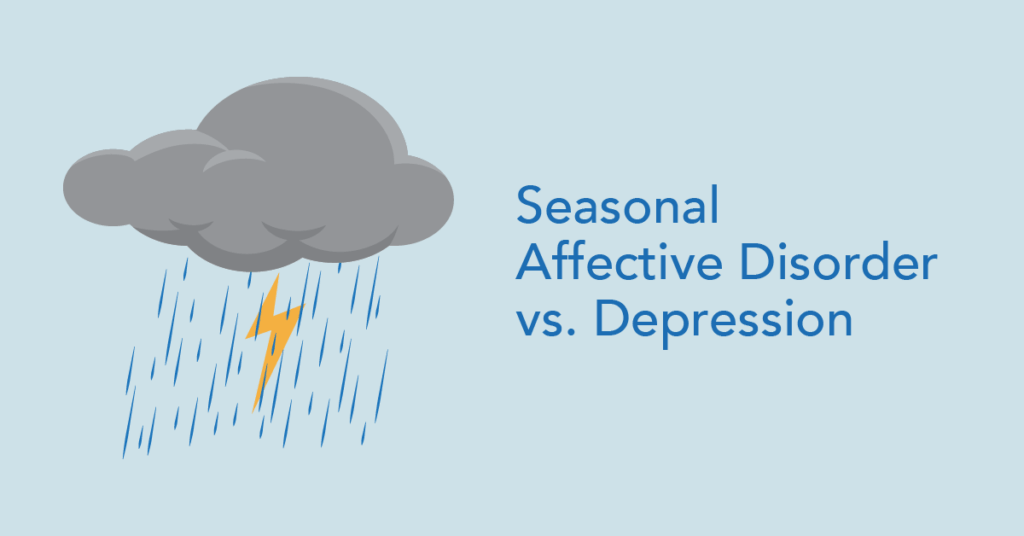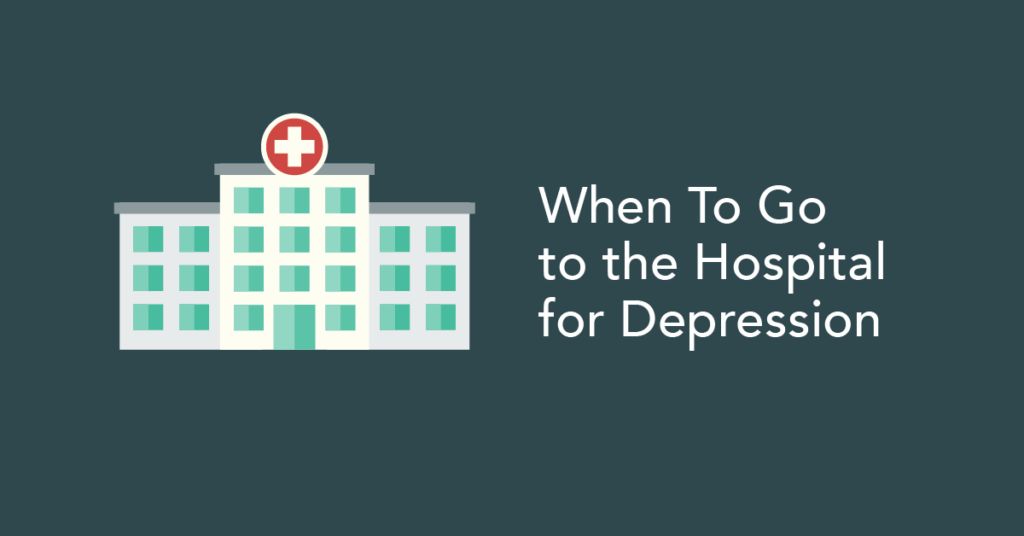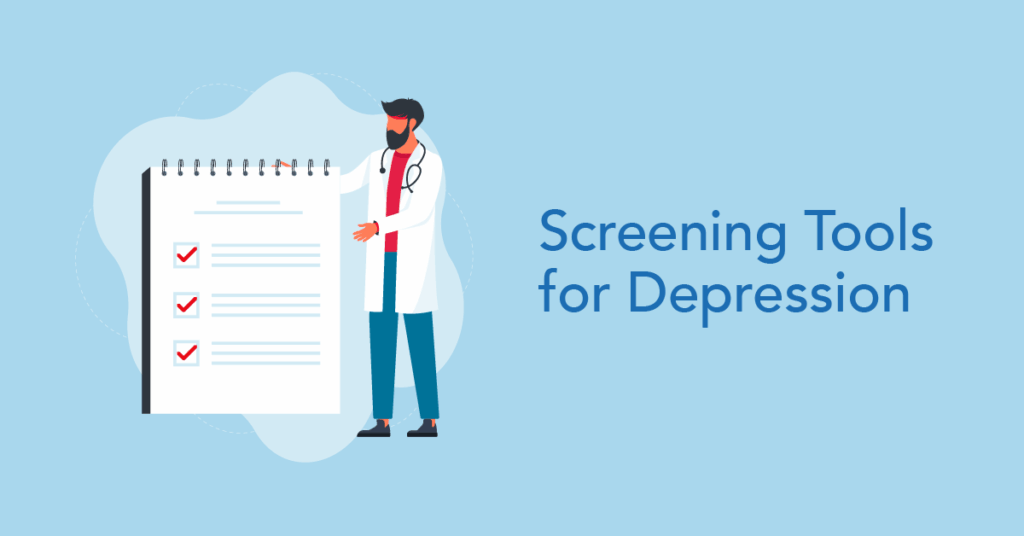Seasonal affective disorder is a type of depression that follows a seasonal pattern, typically worsening in the fall and winter months. While it shares symptoms with major depressive disorder, it has distinct causes and treatment approaches.
Many people feel a shift in their mood or energy when the seasons change, especially during the colder, darker months. But for some, this shift is more than just the “winter blues.” It can interfere with daily life, motivation and relationships and may signal something deeper, such as seasonal affective disorder or major depression.
Understanding the similarities and differences between SAD and depression can help you recognize what you’re experiencing and determine the best steps for treatment.
What Is Seasonal Affective Disorder?
A form of depression tied to seasonal changes, SAD most commonly begins in the late fall or early winter and improves in the spring or summer.
SAD is more than feeling sluggish when darkness falls early. It involves a set of clinical symptoms that occur consistently around the same time each year and significantly impact day-to-day functioning.
Common Symptoms of SAD
- Low mood and energy
- Difficulty waking up in the morning
- Oversleeping or excessive fatigue
- Increased appetite, especially for carbs
- Weight gain
- Withdrawal from social activities
- Trouble concentrating
- Feelings of hopelessness or sadness
Approximately 5% of Americans experience SAD each year. It tends to affect people more in northern climates, where daylight hours are shorter in the winter, and presents more commonly in women and younger adults. Those with a family history of mood disorders may be at higher risk.
What Is Major Depressive Disorder?
Major depressive disorder (commonly called clinical depression) is a mood disorder that doesn’t follow a seasonal pattern. It can happen any time of year and is usually more persistent.
Common Symptoms of Major Depression
- Persistent sadness or emptiness
- Loss of interest in hobbies or relationships
- Changes in sleep or appetite (in either direction)
- Feelings of guilt or worthlessness
- Difficulty concentrating or making decisions
- Physical aches or fatigue with no clear cause
- Thoughts of death or suicide
Major depression may last for weeks, months or longer, and management may require a combination of therapy, medication and lifestyle changes.
Key Differences: SAD vs. Depression
| Seasonal Affective Disorder | Major Depression | |
|---|---|---|
| Timing | Seasonal pattern, usually fall/winter | Can occur any time of year |
| Triggers | Changes in daylight and weather | Varies – may include trauma, genetics or chronic stress |
| Sleep | Often oversleeping (hypersomnia) | Insomnia or disrupted sleep |
| Appetite | Increased appetite and cravings | Can increase or decrease |
| Duration | Typically resolves in spring/summer | May persist for months or years |
| Treatment | Often includes light therapy | Often includes therapy and/or medication |
While both disorders can cause serious emotional and physical distress, the seasonal pattern is a key identifier for SAD. However, it’s possible to have both or mistake one for the other, which is why professional evaluation is important.
How Is SAD Diagnosed?
SAD is typically diagnosed based on a pattern of depressive episodes that:
- Begin and end around the same seasons each year
- Have occurred for at least 2 consecutive years
- Are more frequent than nonseasonal episodes
A health care provider may conduct a psychological evaluation and ask about your mood history, daily habits and any family history of mental illness.
What Causes Seasonal Affective Disorder?
While the exact causes of SAD aren’t fully understood, researchers believe several factors may be involved:
- Reduced sunlight disrupts circadian rhythms and sleep cycles.
- Lower serotonin levels can affect mood stability.
- Melatonin imbalances can lead to increased sleepiness and lethargy.
SAD is also more common in people who live farther from the equator, where winter days are shortest.
Treatment Options for SAD and Depression
1. Light Therapy (Phototherapy)
Light therapy is often a first-line treatment for SAD. It involves sitting near a 10,000-lux light box each morning for 20–30 minutes to mimic natural sunlight.
-
- Helps regulate melatonin and serotonin levels
- May improve mood and energy within 1–2 weeks
- Should be used consistently during dark months
Light therapy is generally safe but should be used under the guidance of a medical professional, especially if you have bipolar disorder or sensitive eyes.
2. Talk Therapy
Cognitive behavioral therapy is effective for SAD and major depression. Therapy can help you:
-
- Identify negative thought patterns
- Develop coping strategies
- Build motivation and emotional resilience
CBT adapted specifically for SAD may include behavioral activation and light exposure planning.
3. Medication
Antidepressants, particularly SSRIs such as sertraline or fluoxetine, may help manage symptoms of SAD or depression, especially if symptoms are severe or persistent.
Some people start medication before the season changes to prevent symptoms from developing.
4. Lifestyle Adjustments
-
- Get outside during daylight hours.
- Exercise regularly to boost mood.
- Maintain a consistent sleep schedule.
- Stay connected socially, even when it’s difficult.
These changes may not replace therapy or medication, but they’re powerful tools to support mental health.
Frequently Asked Questions
- Can You Have SAD During the Summer?
Yes. Although rare, some people experience summer-pattern SAD, marked by insomnia, anxiety and irritability. It may be triggered by heat, extended daylight or changes in routine. - How Long Does SAD Usually Last?
Most cases of SAD begin in late fall and resolve by early spring. The exact duration can vary from person to person. - Can I Treat SAD on My Own?
Mild symptoms may improve with lifestyle changes, including light exposure, exercise and sleep. However, if your symptoms are interfering with work, relationships or safety, seek professional help. - Is SAD Considered a Form of Major Depression?
Yes. In clinical terms, SAD is a specifier of major depressive disorder, meaning it’s a subtype with a seasonal pattern. - You Deserve Relief, No Matter the Season
Whether you’re experiencing seasonal depression or year-round struggles, your pain is valid and treatable. You don’t have to wait for a certain time of year or a “rock bottom” moment to seek support.
Counselors at Mental Health Hotline Can Help
The Mental Health Hotline is available 24-7 to help you explore your symptoms, connect with providers and find treatment options that match your needs. Calls to us are free, confidential and designed to meet you exactly where you are.
Call today. Mental wellness is possible, season by season.


